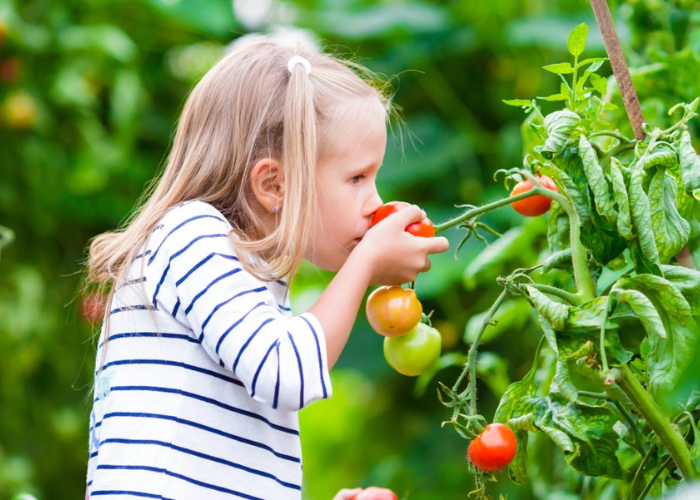Gardening is a wonderful way to connect with nature, get some exercise, and enjoy the beauty of your garden. It can also be quite rewarding, as the fruits of your labor will be evident in the form of flowers, vegetables, or other plants. But before you can reap the rewards of a successful garden, there are a few steps you’ll need to take. From choosing the right plants to preparing the soil and dealing with common pests and diseases, there’s a lot to consider when planning and maintaining your garden. In this blog, we’ll take a look at the basics of gardening and provide you with the knowledge necessary to create a flourishing garden of your own.
What Garden Should You Have?
Before you begin planning your garden, it’s important to decide what type of garden you’d like to have. Are you looking for a flower garden? A vegetable garden? Or both? A flower garden is great for adding beauty to your yard and providing a pleasant aroma. Vegetable gardens are great for harvesting fresh vegetables for you and your family to enjoy. If you’re looking to have both, you can create a combined garden, with a few beds of vegetables and a few beds of flowers. Once you’ve decided on the type of garden you’d like to have, it’s time to start preparing the soil.
Preparing Your Soil
The soil is the foundation of your garden, and it’s essential to make sure it’s ready for planting. Before planting, it’s important to test the soil to determine the pH level, nutrient levels, and organic matter. You can purchase a soil testing kit at most hardware stores or garden centers. Once you’ve determined the pH level of your soil, you can adjust it if necessary. If your soil is too acidic, you can add lime to raise the pH level. If it’s too alkaline, you can add sulfur or organic matter to lower the pH level. Additionally, the soil should be well-aerated and free of rocks and other debris. The soil should also be properly fertilized, as this will ensure that your plants get the nutrients they need to thrive.
Choosing Your Plants
Once you’ve prepared your soil, it’s time to choose the plants you’d like to grow. It’s important to choose plants that are suited to the climate and soil conditions of your area. You should also research the plants to determine how much sunlight, water, and fertilizer they need. Additionally, you should consider the size of the plants and how much space they will need. If you’re planning a flower garden, you can choose from a variety of annuals, perennials, and bulbs. If you’re planning a vegetable garden, you can choose from a variety of vegetables, including tomatoes, peppers, squash, and beans.
Caring for Your Garden
Once you’ve planted your garden, it’s important to provide it with the necessary care. This includes watering, fertilizing, weeding, and pruning. Watering your garden is essential, as plants need moisture to survive. Make sure to water your plants regularly, and avoid over-watering. Fertilizing your garden is also important, as it provides your plants with the nutrients they need to grow. You can purchase fertilizer at most hardware stores or garden centers. Weeding your garden is also important, as weeds can quickly take over if left unchecked. Make sure to pull out any weeds that sprout up in your garden. Pruning your plants is also important, as it helps to encourage healthy growth and prevent disease.
Dealing with Common Pests and Diseases
Unfortunately, pests and diseases are an unavoidable part of gardening. Fortunately, there are many ways to prevent and control pests and diseases. The first step is to identify the problem. Common garden pests include aphids, mites, and slugs. Common diseases include rust, blight, and powdery mildew. Once you’ve identified the problem, you can take steps to prevent or control it. This may include using insecticides or fungicides, adjusting your watering schedule, or removing infected plants.
Conclusion
Gardening can be a rewarding and enjoyable experience. It’s important to take the necessary steps to ensure that your garden is successful. This includes choosing the right plants, preparing the soil, and providing the necessary care. Additionally, it’s important to be aware of common pests and diseases and take steps to prevent and control them. With the right knowledge and effort, you can create a flourishing garden of your own.




